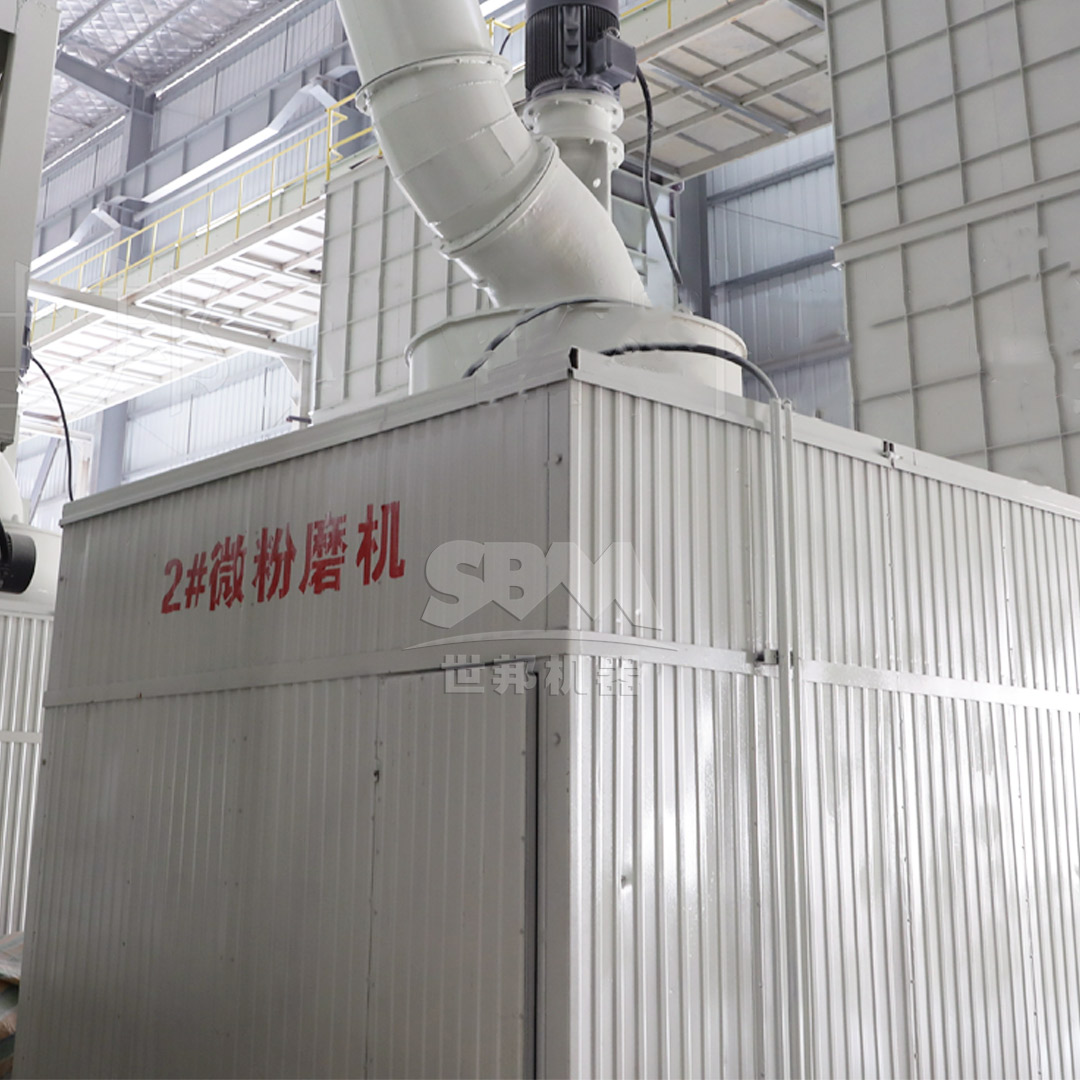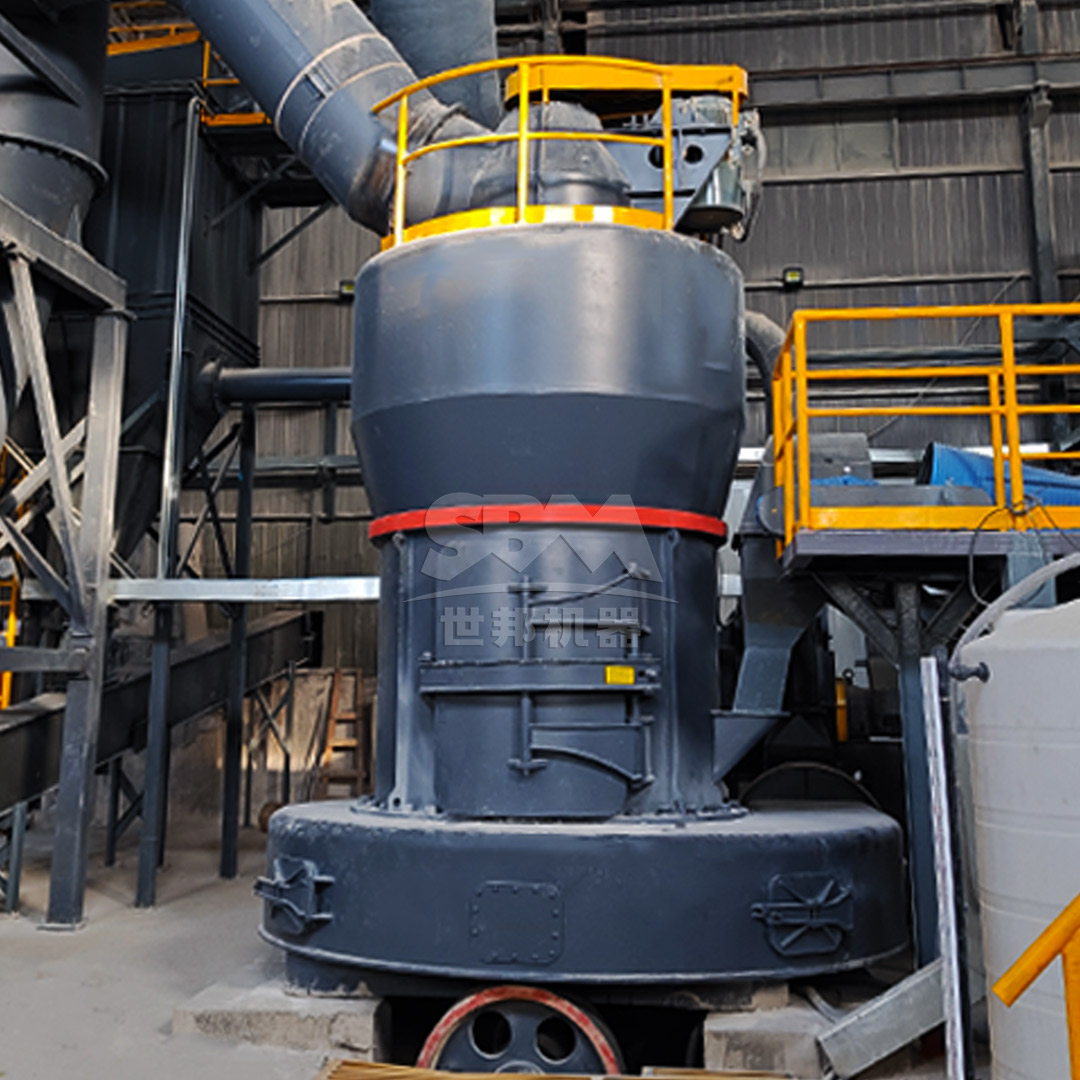In the competitive world of high-performance adhesives and sealants, the selection of fillers is not merely a cost-saving measure; it is a fundamental aspect of product engineering. Calcite powder, derived from high-purity calcium carbonate, has emerged as a premier functional filler. Its role extends beyond simple volume extension to significantly enhancing key product properties. When ground to a precise and consistent fineness, calcite powder improves tensile strength, modulus, and rheological properties, while also influencing application characteristics like sag resistance and tooling.
The efficacy of calcite is intrinsically linked to its particle size distribution (PSD), morphology, and surface area. For demanding applications in construction, automotive, and specialty sealants, a fine, ultra-uniform powder with a tight PSD is paramount. This ensures optimal particle packing, leading to superior reinforcement, improved dispersion within the polymer matrix, and a smoother, more consistent final product. Achieving this level of powder perfection requires grinding technology that excels in precision, efficiency, and reliability.
Not all calcite powders are created equal. The grinding process must be carefully controlled to produce a powder that meets the stringent requirements of modern formulations:
Several milling technologies are available for processing calcite, each with its own advantages and limitations for the adhesives and sealants industry.
Traditional ball mills are capable of producing fine calcite powder. However, they are often characterized by high energy consumption, significant heat generation (which can affect material properties), and a relatively broad particle size distribution. Their efficiency drops considerably when targeting ultra-fine finishes below 45μm, making them less suitable for high-end applications.
These mid-speed trapezium mills are workhorses for producing powders in the 45-325 mesh range. They offer good reliability and are suitable for general-purpose fillers. However, pushing them into the true ultra-fine spectrum (< 10μm) can challenge their mechanical design and classification efficiency, often leading to higher energy costs per ton and less precise cuts.
For high-performance adhesives and sealants requiring the finest, most consistent calcite powder, ultra-fine grinding mills represent the pinnacle of technology. These mills integrate advanced grinding mechanics with high-precision air classification to deliver unparalleled control over the final product’s fineness and distribution.

For manufacturers dedicated to producing top-tier adhesives and sealants, we highly recommend our SCM Series Ultrafine Mill. This mill is engineered from the ground up to excel in the production of ultra-fine powders, making it the ideal choice for processing high-purity calcite.
| Model | Processing Capacity (ton/h) | Main Motor Power (kW) | Input Size (mm) | Output Fineness (mesh) |
|---|---|---|---|---|
| SCM800 | 0.5-4.5 | 75 | ≤20 | 325-2500 |
| SCM900 | 0.8-6.5 | 90 | ≤20 | 325-2500 |
| SCM1000 | 1.0-8.5 | 132 | ≤20 | 325-2500 |
| SCM1250 | 2.5-14 | 185 | ≤20 | 325-2500 |
| SCM1680 | 5.0-25 | 315 | ≤20 | 325-2500 |
For formulations that require a high-quality calcite filler in a slightly coarser range (30-325 mesh), our MTW Series Trapezium Mill presents an excellent and highly efficient solution. It is renowned for its robust construction, innovative curved air duct that reduces energy loss, and overall cost-effectiveness for high-capacity production lines.
The quality of your raw materials directly dictates the quality of your final product. In the realm of adhesives and sealants, where performance margins are thin and competition is fierce, settling for mediocre fillers is not an option. Investing in advanced grinding technology like the SCM Ultrafine Mill is an investment in product superiority, production efficiency, and market leadership.
By producing a calcite powder with exceptional fineness, stunning uniformity, and outstanding purity, you empower your R&D team to push the boundaries of formulation science, creating adhesives and sealants that truly stand out for their strength, durability, and application perfection.
